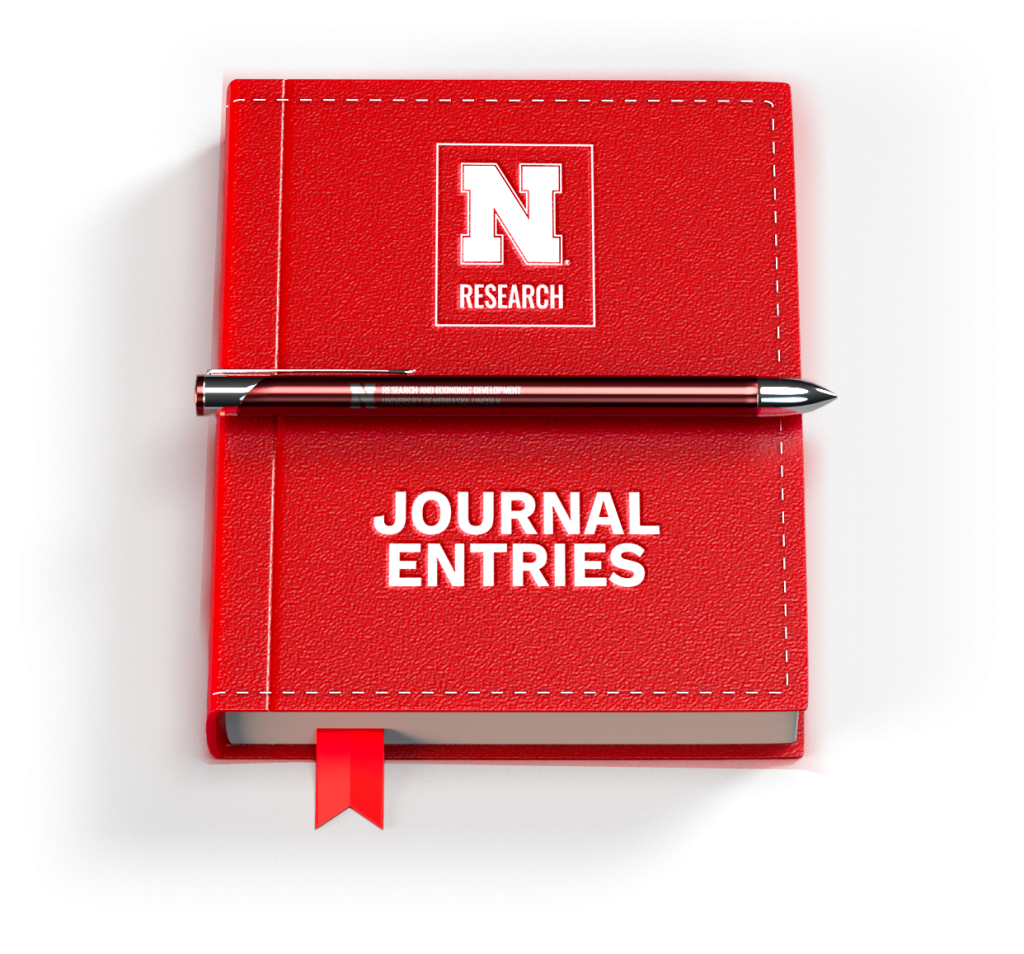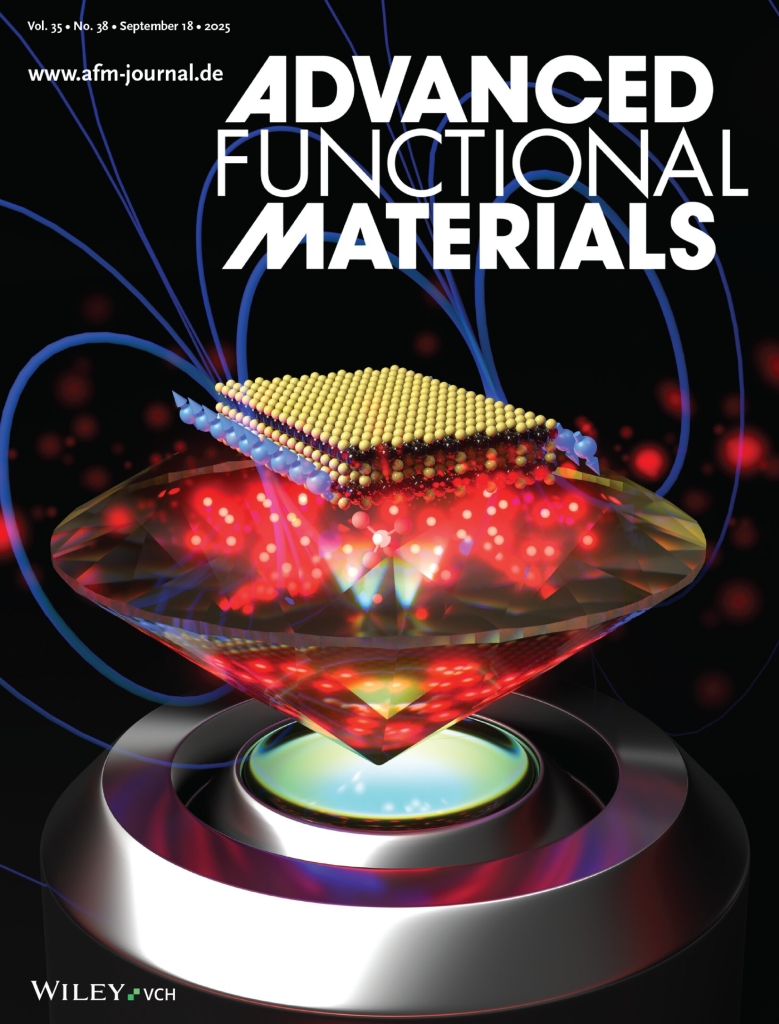Dan Moser, August 4, 2025
Exploiting potential of spintronic, optoelectronic devices
The “Journal Entry” series features short summaries of University of Nebraska-Lincoln research that has been published recently in peer-reviewed journals. One aim of the N2025 Strategic Plan is to elevate the impact of research, scholarly and creative activities, which includes increasing the number of scholarly journal articles and citations.
Who: Abdelghani Laraoui, associate professor of mechanical and materials engineering, UNL; Thitinun Gas-Osoth, mechanical and materials engineering, UNL; Yifei Wang, mechanical and materials engineering, UNL; Suvechhya Lamichhane, physics and astronomy and the Nebraska Center for Materials and Nanoscience, UNL; Tianlin Li, physics and astronomy and the Nebraska Center for Materials and Nanoscience, UNL; Adam Erickson, mechanical and materials engineering, UNL; Nina Raghavan, physics and astronomy and the Nebraska Center for Materials and Nanoscience, UNL; Sy-Hwang Liou, physics and astronomy and the Nebraska Center for Materials and Nanoscience, UNL; Xia Hong, physics and astronomy and the Nebraska Center for Materials and Nanoscience, UNL; Ilja Fescenko, Laser Center Faculty of Science and Technology, University of Latvia; Raman Kumar, Department of Physics, CUNY-City College of New York; Tom Delord, Department of Physics, CUNY-City College of New York; Cory D. Cress, Electronics Science and Technology Division, U.S. Naval Research Laboratory; Nicholas Proscia, Electronics Science and Technology Division, U.S. Naval Research Laboratory; Samuel W. LaGasse, Electronics Science and Technology Division, U.S. Naval Research Laboratory; Jose J. Fonseca, Electronics Science and Technology Division, U.S. Naval Research Laboratory; Toshu An, Japan Advanced Institute of Science and Technology; and Carlos A. Meriles, Department of Physics, CUNY-City College of New York.

Article: “Nitrogen-Vacancy Magnetometry of Edge Magnetism in WS2 Flakes, Advanced Functional Materials,” cover story.

Two-dimensional magnets are of significant interest both as a platform for exploring novel fundamental physics and for their potential in spintronic and optoelectronic devices. Recent bulk magnetometry studies have indicated a weak ferromagnetic response in tungsten disulfide (WS2), and theoretical predictions suggest edge-localized magnetization in flakes with partial hydrogenation.
Optoelectronics is a field of electronics that deals with devices that either emit light in response to electrical signals or convert light into electrical signals. WS2 is typically used for optoelectronics due to its tunable bandgap. While generally nonmagnetic, recent bulk measurements suggested potential magnetism.
The research discussed in this paper directly measures the edge magnetism in WS2 using sensitive diamond quantum sensors. Previous research only speculated about its existence and origin. These findings establish WS2 as a promising platform for edge-controlled 2D spintronics, multifunctional devices and hybrid applications. It could be used in circuits and devices that combine optoelectronics and spintronics, technology that uses both the intrinsic spin of an electron as well as its charge in transport devices.
The research is a collaborative effort involving researchers from UNL, the U.S. Naval Research Laboratory and City College of New York. It is supported by NSF-funded EPSCOR Track 1 EQUATE (Emergent Quantum Materials and Technologies) center. EQUATE’s primary research goal is to bring Nebraska to the forefront of scientific discoveries and innovation in the design, synthesis, growth and use of materials and hybrid systems with large-scale quantum properties for applications in sensing, metrology, communication and information processing.
WRITER: Dan Moser, Office of Research and Innovation





